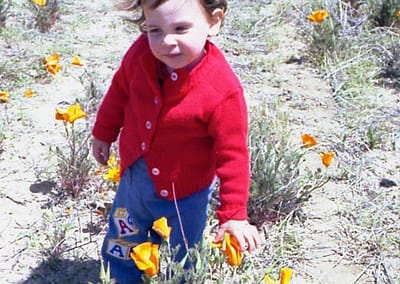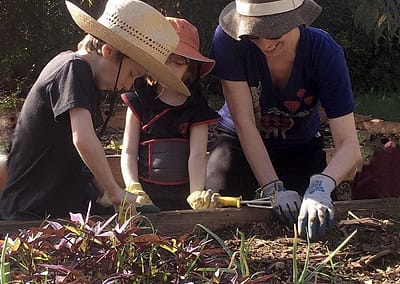How California Bells began…
I spent many happy years as an English professor and journalist. Gardening was my hobby. The pandemic quickly changed my focus and highlighted the importance of our local ecosystem. While I converted my yard to California natives, I helped three neighbors do the same, and when I returned to teaching, I joined the Edible Schoolyard at Hollygrove Elementary. The experience of sharing gardening with all generations inspired me to mix my passion for educating and native flowers by starting California Bells.
I am a Certified California Native Plant Landscaper, through Theodore Payne Foundation, and continue my studies through the Sustainable Floristry Network and UCLA Extension’s Sustainability Program.


